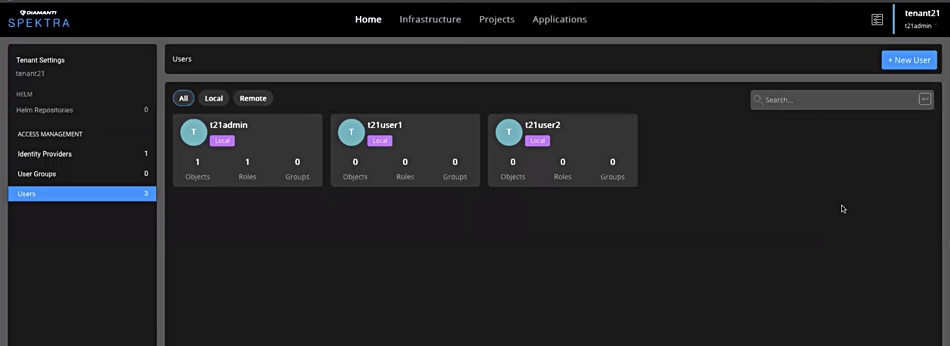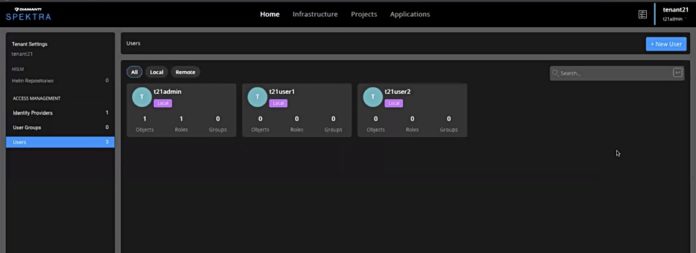Diamanti, a hyperconverged appliance startup, has updated its Spektra management software to allow customers to deploy, replicate, and migrate Kubernetes-orchestrated applications across bare metal and public cloud infrastructures.
Diamanti CEO Tom Barton declared in a canned quote: “Our cloud-neutral Kubernetes management platform provides users the ability to make real-time, data-driven decisions, enable access to applications, and maintain data security across the data centre, cloud, and at the edge.”
Spektra 3.0 sits above Kubernetes, providing hybrid cloud data management to integrate on-premises Diamanti D20 hyperconverged clusters with the AWS, Azure and Google clouds.

Cloud-native apps will be mobile
According to 451 Research, stateful applications like databases, artificial intelligence (AI), and machine learning (ML) now make up a majority of containerised applications in the enterprise. Diamanti thinks enterprises will need to move these workloads for cost-optimisation, disaster recovery and geographic expansion.
Jay Lyman, principal analyst of cloud native and DevOps at 451 Research, said: “The more applications that are in containers – regardless of state – the more likely the organisation is to be truly agile and flexible in responding to challenges and opportunities.”
“Given that enterprises are seeking to containerise more applications, including stateful ones, we expect continued growth of data-rich applications and services in containers, as well as expanded use of data services in container applications.”
With Diamanti Spektra 3.0, users can provision and administer Kubernetes clusters hosted on-premises in the data centre or at the edge or in the cloud, and manage them from a single control plane. New features include improved resource management and access controls, application deployment and migration across multiple clusters, and policy-based replication for disaster recovery.
‘Full-stack visibility’
Diamanti said its full-stack visibility supports the multi-site DR and application migration, and no other suppliers can do this, not VMware (Tanzu), nor Rancher Labs, Red Hat OpenShift or Docker Enterprise.
Blocks & Files asked Diamanti how VMware and Rancher compare with this capability.

A spokesperson replied: “The main method for multi-cluster management today is merely connecting each clusters’ APIs to a central management plane. So while every vendor has the ability to visually see a cluster’s resources with some access control between clusters, the application-level features are limited to essentially ‘restarting; stateless applications in new clusters.
“That is, the existing solutions rely on powering up containers from a shared or imported image file in a new cluster – without state. There are methods to leverage a third party storage solution to migrate volumes and re-attach them in a new location, but this is a very manual process.”
It’s all integrated with Diamanti so that an application owner can target a migration or set up a DR policy for one of their applications from the same UI where they manage the application.
Diamanti will first add support for Azure followed by AWS, the Google Cloud Platform, and other cloud providers.
The new release of Diamanti Spektra is available on Diamanti D20 hyperconverged infrastructure from Diamanti, Dell or Lenovo. A Diamanti blog provides more information.








